Table of Contents
As temperatures drop and we transition into the colder months, now is the ideal time to assess your home’s exterior. Fall siding installation offers New England homeowners a critical window to prepare their homes before harsh winter conditions arrive. By assessing your siding now, you’re taking a proactive step toward protecting your investment and enhancing your home’s energy efficiency!
With energy rates climbing significantly this year and the Farmers’ Almanac predicting one of a winter theme of ‘Chill, Snow, Repeat’, the importance of quality exterior protection has never been greater. Quality, insulated siding is a must for homeowners here in New England!
From high winds to frigid temperatures, winter can be rough on your exterior. Now is the time to schedule for winter and fall siding installation, allowing you to improve indoor comfort while saving on energy bills.
Why Choose Winter and Fall Siding Installation? Energy Costs are Climbing in 2025-2026
Winter is approaching, and with it comes significant changes to your energy bills.
- National Grid customers face approximately 4% higher rates, while Eversource users will see bills climb by roughly 13%
- These increases stem from necessary infrastructure upgrades and maintenance across the regional power grid
- According to the Farmers’ Almanac prediction for Winter 2025-2026, New England should brace for “Chill, Snow, Repeat”
- Expect frequent snowstorms, dramatic temperature swings, and consistent cold snaps
- Residents from Minnesota to Maine should prepare for what forecasters call a “wild ride,” with a particularly severe cold snap predicted for January
- The combination of rate increases and harsh weather creates a perfect storm for escalating energy costs
- Being proactive with energy-efficient home improvements—like addressing siding issues now—can help you prevent costly moisture damage while keeping your home warm and comfortable
Insulated siding can help offset skyrocketing energy costs, whether you use heating oil, electricity, or natural gas.
1. Rotted or Warped Siding
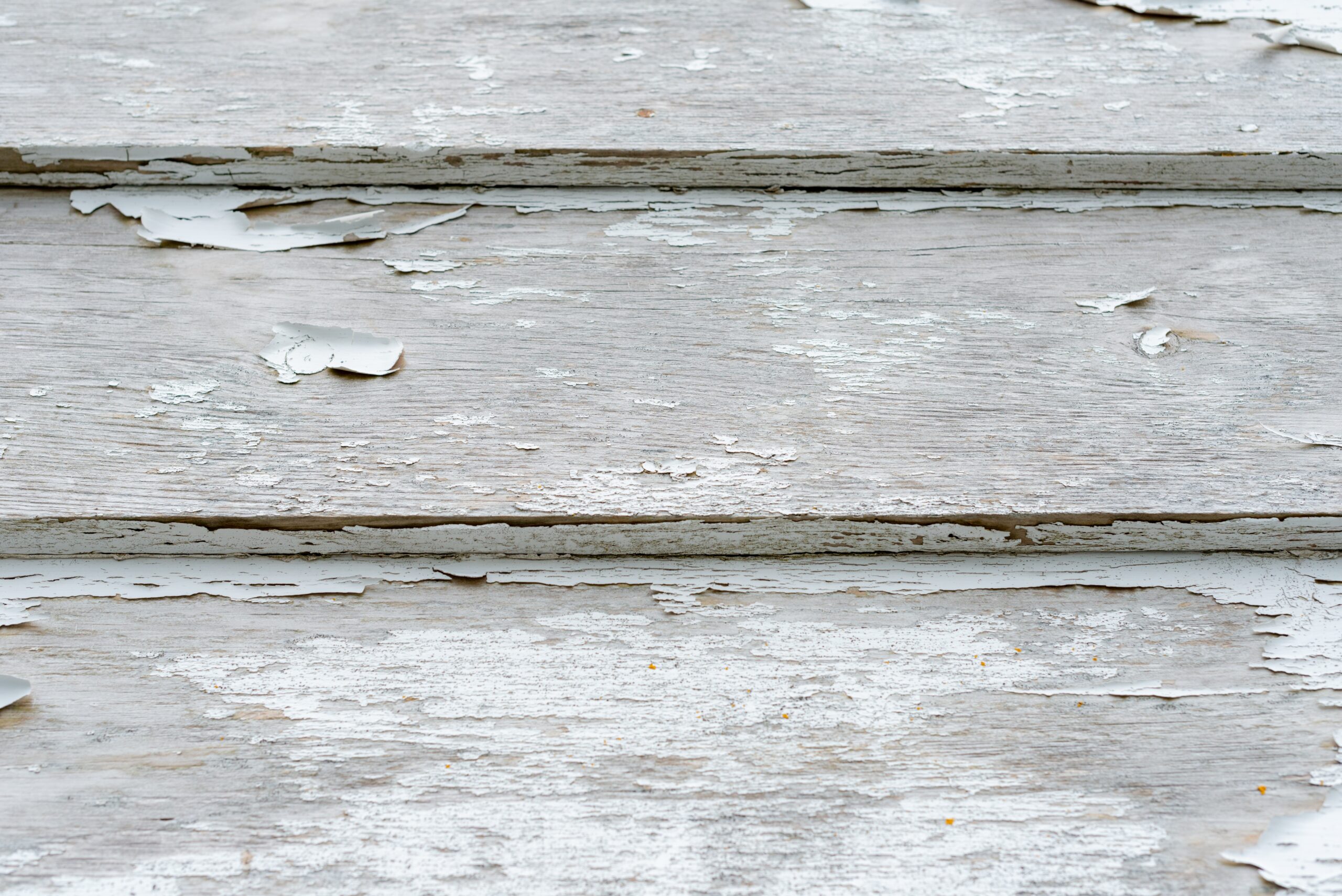
If you spot warped or rotted siding, determine the extent of moisture damage to the underlayer using a simple test with a screwdriver:
- Push down into the siding to check resistance—if the screwdriver sinks right through, you have serious rot
- Soft or rotting underlayer is a sure sign that immediate replacement is needed
- Rotting siding does not provide an insulating barrier against the elements
- Moisture damage will continue worsening over time, especially with New England’s ice, snow, and freezing rain
- Vinyl siding is maintenance-free and moisture proof, unlike wood siding
- Consider consulting with vinyl siding companies near me to evaluate replacement options before winter arrives
Vinyl keeps an insulating layer against the elements while your home remains warm.
2. Loose or Cracked Siding Panels
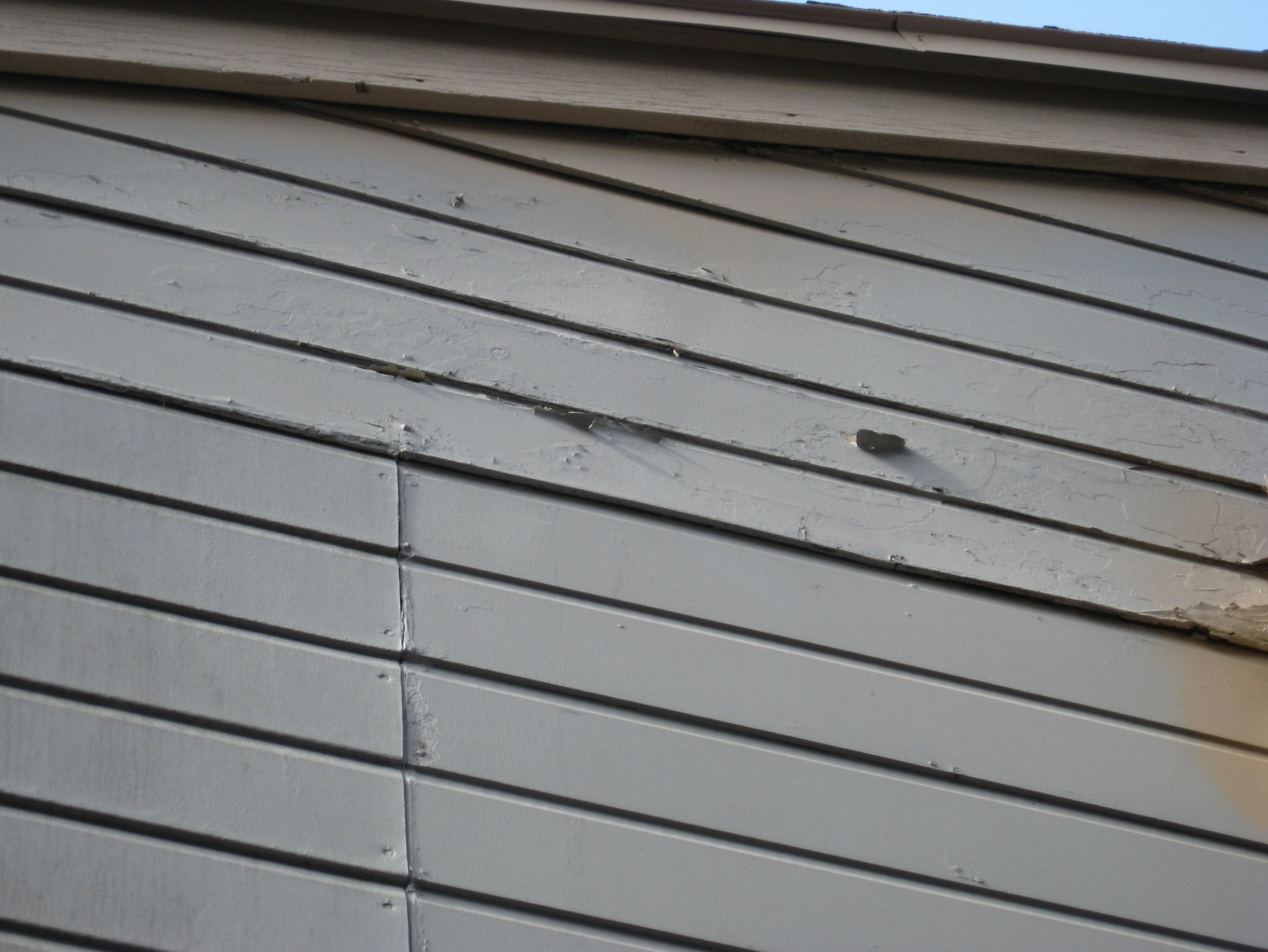
Loose and cracked siding panels are more than just an eyesore—they may be hiding costly damage underneath. Look out for the following if you discover loose or cracked siding panels:
- Panels are typically knocked out of place by strong winds or impact
- Check for moisture damage or even termite damage underneath
- Panels flapping in the wind won’t help conserve energy during winter months
- Heat will escape through the wood studs without any barrier or insulation
- Check layers underneath broken or cracked siding for additional extensive damage
- Cracked, broken, or loose pieces must be removed and replaced to prevent water seepage
- Professional winter vinyl siding contractors can assess the full extent of damage and determine when to replace vinyl siding to prevent further deterioration
Water may seep behind damaged pieces and cause severe problems down the line.
3. Bubbled and Blistered Siding
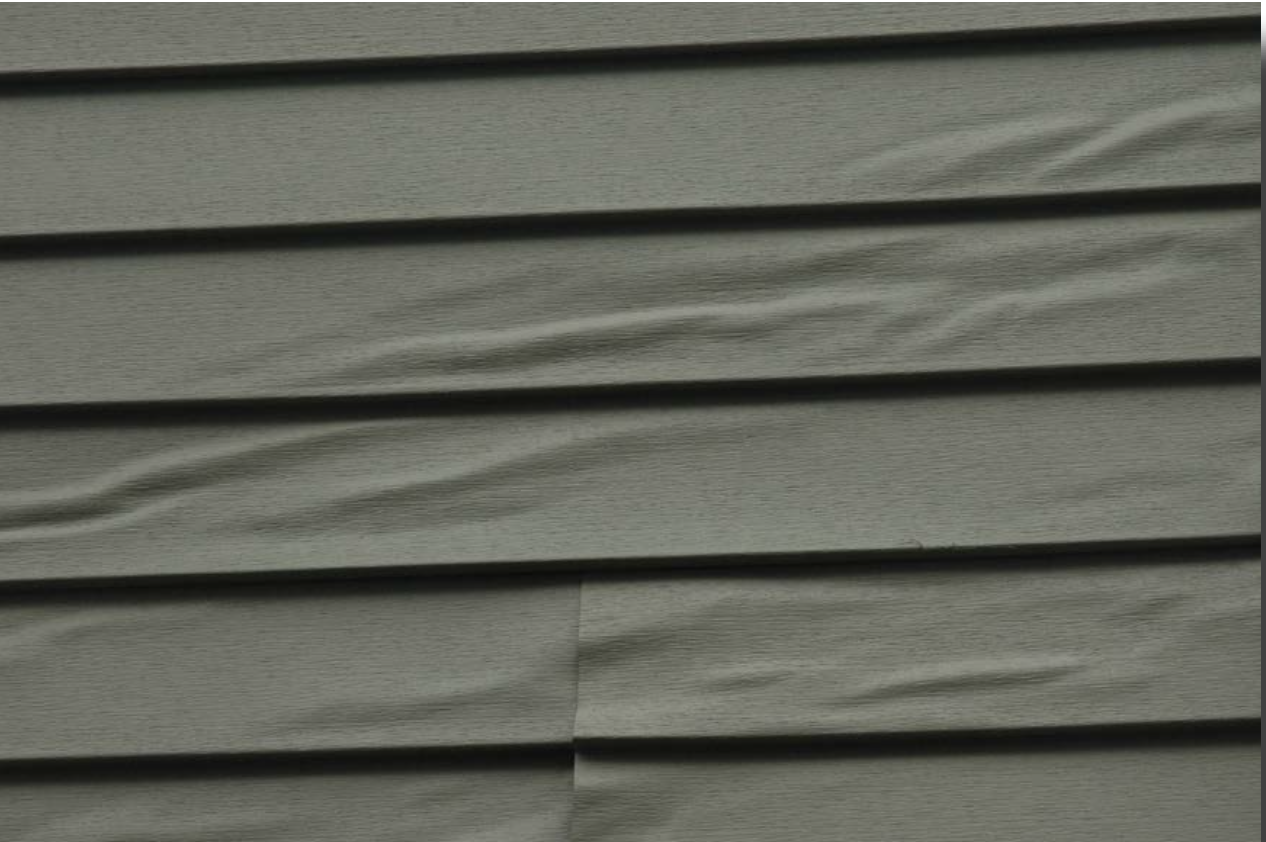
Bubbled siding is a clear sign that moisture is seeping behind the panels and settling in:
- Bubbled siding means replacement is in order—the paint is separating from the underlying surface
- Both moisture and heat can cause bubbling and blistering
- Bubbles just under the surface are an almost certain indication that water has become trapped
- Any indication of trapped water on or under siding is an immediate red flag
- New vinyl siding panels are engineered to maintain structural integrity for life without being susceptible to moisture damage
- If you’re experiencing heat-related damage from reflected sunlight, explore options for heat resistant vinyl siding that can withstand intense UV exposure
- Fade resistant vinyl siding options help maintain your home’s appearance year-round
Not to burst your bubble, but this is a major sign that action is needed. Cold and snowy winters allow siding moisture damage to run rampant!
4. Mold and Mildew Growth
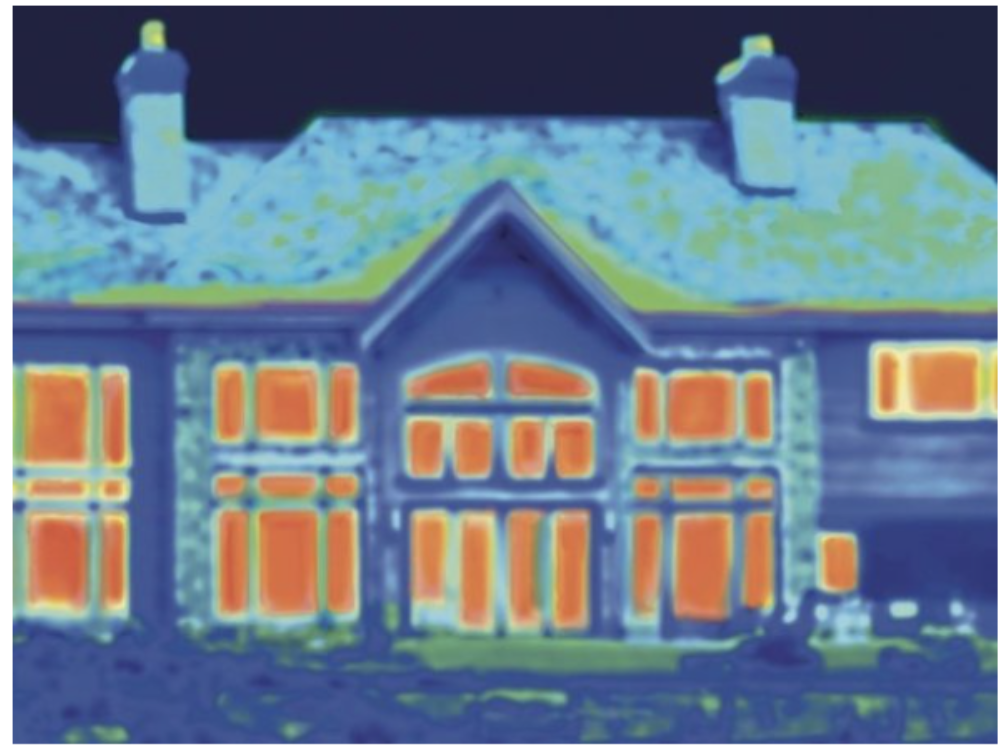
Mold and mildew growth is another serious sign of moisture damage to your exterior. Here’s why you should call Coastal Windows & Exteriors if you’re dealing with mold and mildew growth on your siding:
- Mold and mildew can be prevalent on wood siding since it’s an organic material
- Allowing mold to flourish, especially under panels, can break down your cladding material
- Growth at or near seams may indicate water is penetrating and being held inside the wall
- While not all mold signs are cause for alarm, such growth should prompt further investigation
- Vinyl siding is a big part of the equation for preventing mold growth
- House wrap acts as a moisture proof barrier that prevents mold growth as well
- Fall maintenance tips include inspecting for mold growth before winter moisture arrives, as this is a critical component of your home fall maintenance checklist
Check our YouTube channel for a real-life example showing how upgrading to new vinyl siding transformed a client’s moldy exterior while bringing all the benefits of maintenance-free siding, including energy savings and insulation for cold months.
5. Sealing Your Home's Thermal Envelope
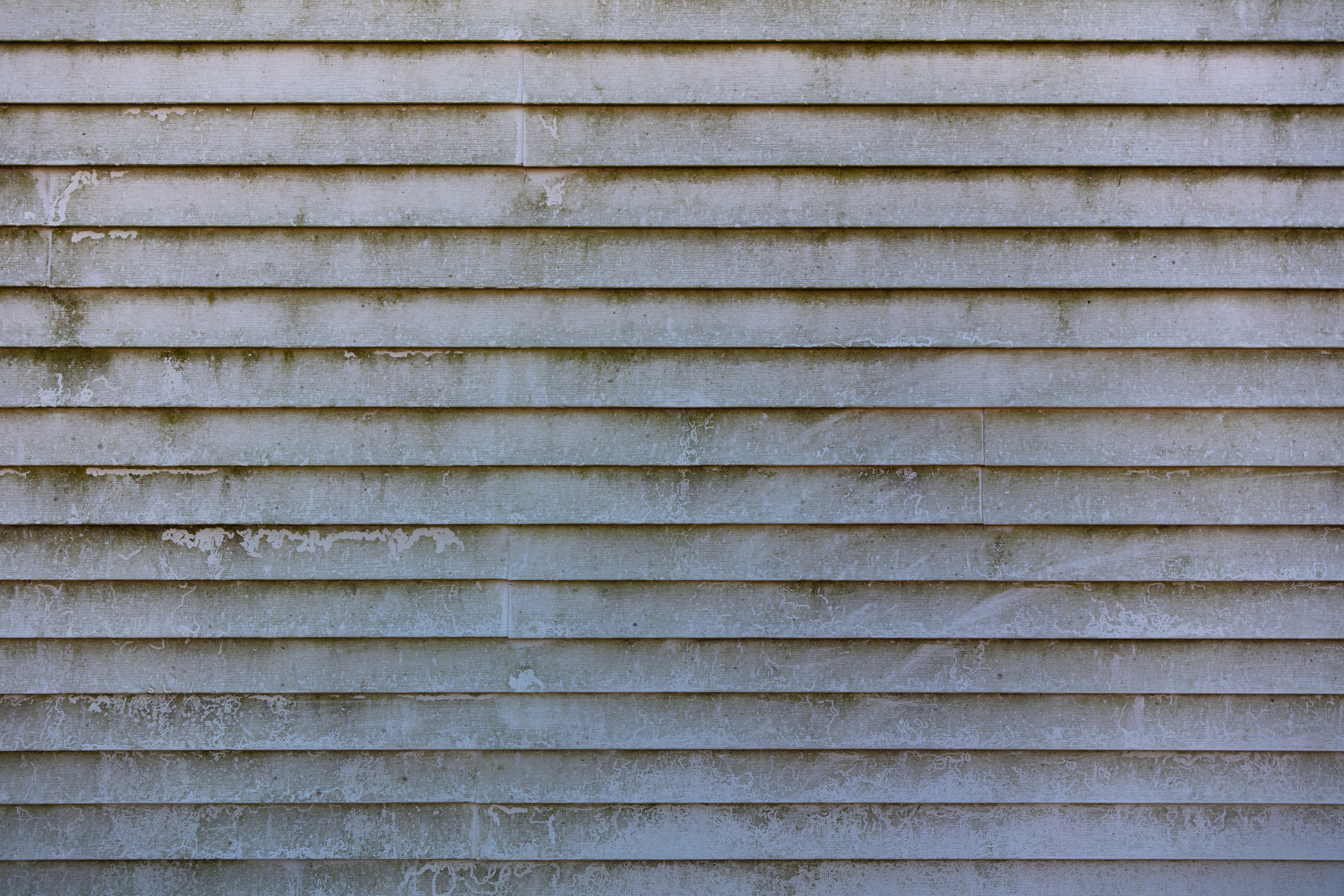
Your home’s thermal envelope is the heat flow control layer that helps prevent heat from escaping while keeping a comfortable indoor environment through winter:
- Over 30% of your home’s energy can escape through the walls
- Energy loss includes gaps and cracks in the exterior as well as the wood studs
- This is why insulated vinyl siding is a smart investment for winter siding replacement projects
- Insulated siding improves energy efficiency by reducing thermal bridging
- It acts as blanket-continuous insulation over the studs, helping homes stay cool in summer and warm in winter
- Poorly performing siding and low-grade wall insulation can be a prime cause for excess heating and cooling bills
- House wrap helps block drafts that can make your home feel cold and uncomfortable
- Modern vinyl siding looks like wood options provide authentic texture and appearance with superior performance and minimal maintenance requirements
If a visual inspection indicates that heating or cooling could be escaping through the siding, it’s time to act before bitter winter weather arrives.
Be Prepared for Fall and Winter Weather: Choose Professional Siding Installation Services
Insulated vinyl is a maintenance-free siding option that can help offset high energy bills caused by recent spikes in electricity and natural gas rates. The upcoming bone-chilling weather is no match for quality insulated siding, maintenance-free and designed to protect your home for life.
Working with experienced winter siding installation services ensures proper installation techniques that account for seasonal temperature fluctuations and moisture management. Professional installers understand the nuances of cold-weather installation and can complete your project efficiently before the harshest conditions arrive.
At Coastal Windows & Exteriors, we install siding all year long! Please contact us if you are considering winter and fall siding installation.
Frequently Asked Questions About Fall and Winter Siding Installation for New England Homes
Is fall a good time to install vinyl siding?
Yes, fall is an excellent time for siding installation! Here’s why you should call now to book your free siding estimate:
- Moderate temperatures create ideal working conditions for installers
- Completing the project before winter protects your home from harsh weather
- Fall offers a strategic window to address exterior needs before the season’s first freeze
Fall siding installation allows you to prepare your home proactively.
Will vinyl siding expand/contract more in fall-to-winter temperature swings?
Vinyl siding naturally expands and contracts with temperature changes:
- Fall-to-winter transitions do create more dramatic fluctuations
- Professional installers account for this by using proper fastening techniques and appropriate panel spacing
- Quality installation ensures panels have room to move without buckling or pulling away from your home
But there’s no need to worry! Proper installation techniques address these seasonal considerations, allowing your siding to perform its best no matter the season.
Do installers adjust fastening or panel spacing in cold weather?
Yes, our experienced crew adjusts their installation methods based on ambient temperature:
- In cooler weather, panels are slightly more contracted
- Installers accommodate for expansion when temperatures rise
- This technical adjustment is one reason why working with qualified winter vinyl siding contractors matters so much!
Here at Coastal, we understand these seasonal considerations and make appropriate adjustments. We’re a locally-owned and locally-operated siding company, installing siding in New England all year long.
How long will the job take in fall weather (shorter daylight, rain chances)?
Installation timelines vary based on project scope and weather conditions:
- Most residential siding projects can be completed within several days to a couple of weeks
- Fall weather does present challenges like shorter daylight hours and potential rain delays
- Reputable contractors build weather contingencies into their schedules
Professional winter siding installation services communicate realistic timelines upfront.
Should siding be coordinated with insulation or window replacement before winter?
If weather conditions are favorable, you can absolutely install multiple exterior upgrades at once. In fact, coordinating exterior improvements can maximize energy efficiency and minimize disruption to your home:
- If you’re planning window replacement or additional insulation upgrades, discuss timing with your contractor
- Completing these projects together often provides better overall performance
- Combined projects can be more cost-effective than scheduling separate installations
Consider addressing multiple exterior improvements as part of your home fall maintenance checklist.
Can I have vinyl siding repairs done in the fall, or should I wait until spring?
We generally suggest siding replacement over repairs, especially since New England has many homes with very old siding. Old siding is susceptible to moisture damage and energy loss through the wood studs, especially in cold weather. Fall is actually an ideal time for replacement—don’t wait until spring:
- Delaying replacement allows moisture intrusion throughout winter
- This can potentially cause extensive damage to underlayment and structural components
- Addressing issues now prevents minor problems from becoming major expenses
How does fall moisture (rain, leaf buildup) affect siding repairs?
Fall moisture requires careful attention during repairs:
- Professional installers ensure proper drainage
- They remove debris like leaves that can trap moisture
- All seams and connections are properly sealed
- Quality house wrap installation beneath siding panels provides critical moisture protection regardless of season
Proper installation techniques protect against seasonal moisture challenges.
How long after a quote should I expect installation before winter sets in?
Scheduling varies by contractor availability and project complexity:
- Typical lead times range from a few weeks to a couple of months
- Given the forecast for an especially harsh winter, it’s wise to schedule consultations early in fall
- Many homeowners book services in early autumn to ensure completion before the first significant snowfall
- We can provide you with an accurate timeline during your free estimate!
Early planning ensures your winter siding replacement project is completed on time.
Will new vinyl siding help with winter energy bills?
Yes, new vinyl siding—especially insulated options—can significantly improve your home’s energy efficiency:
- Over 30% of home energy escapes through walls
- Quality siding acts as a thermal barrier that reduces heat loss
- Given the projected rate increases and harsh winter forecast, energy-efficient siding improvements can provide meaningful savings
These savings can offset installation costs over time.
Can you install vinyl siding in the winter?
Yes, professional contractors can install vinyl siding in winter months:
- Some conditions require special considerations
- Extremely cold temperatures may affect material flexibility and working conditions
- Read more about winter installation considerations and best practices
Experienced contractors understand how to work safely and effectively in cold weather
Protect Your Home This Fall with Coastal Windows: Schedule Your Free Estimate Today
Fall siding installation represents a smart investment in your home’s protection, comfort, and value. With significant energy rate increases and an unusually harsh winter forecast ahead, now is the time to act.
At Coastal Windows, we specialize in professional fall siding installation that prepares New England homes for whatever weather comes their way. Our experienced team understands the unique challenges of our region’s climate and delivers quality installations backed by comprehensive warranties.
Don’t wait until winter damage occurs. Contact Coastal Windows today for your free estimate and discover how professional winter siding installation services can transform your home’s performance and appearance. Let us help you face this winter with confidence!

